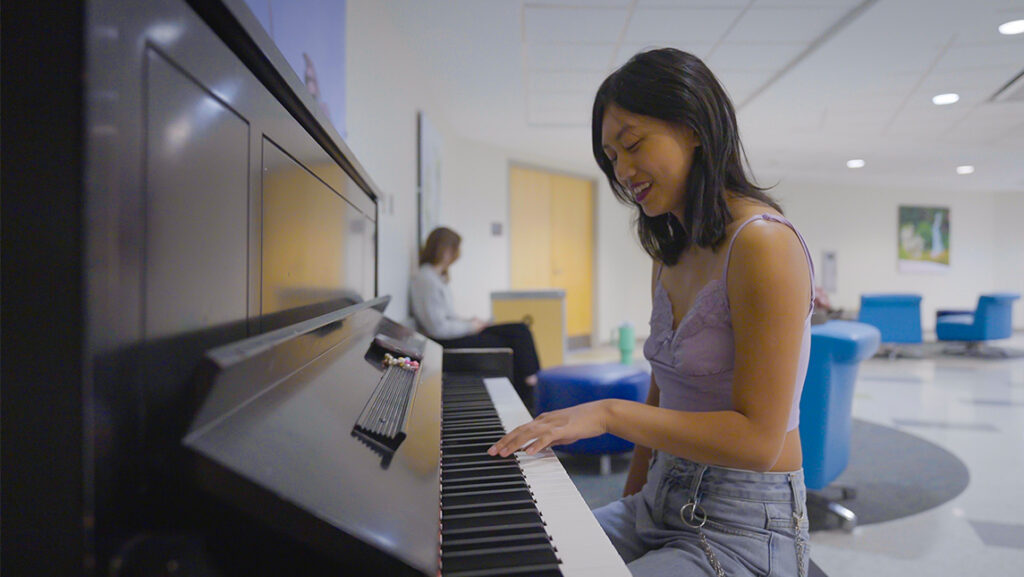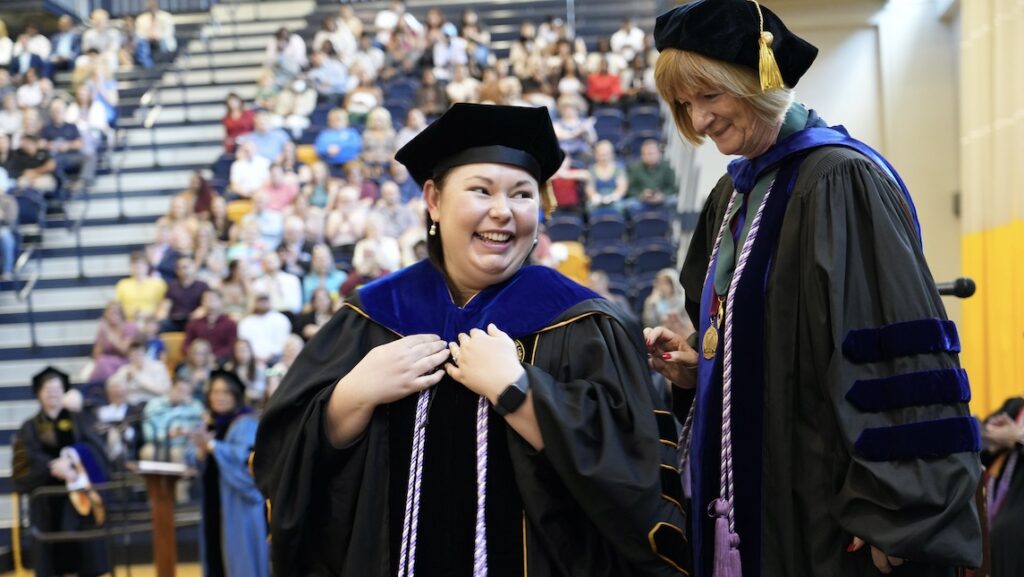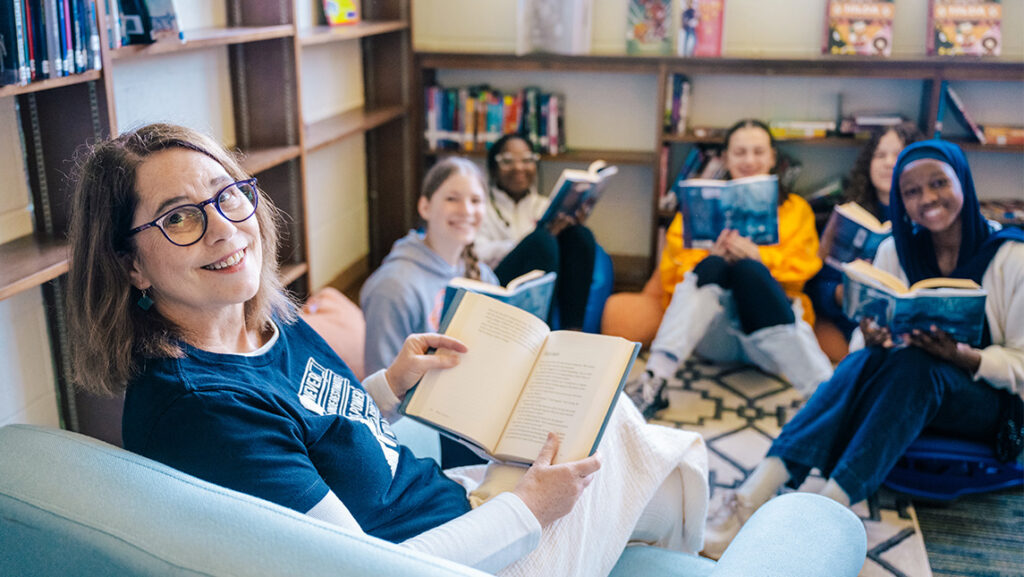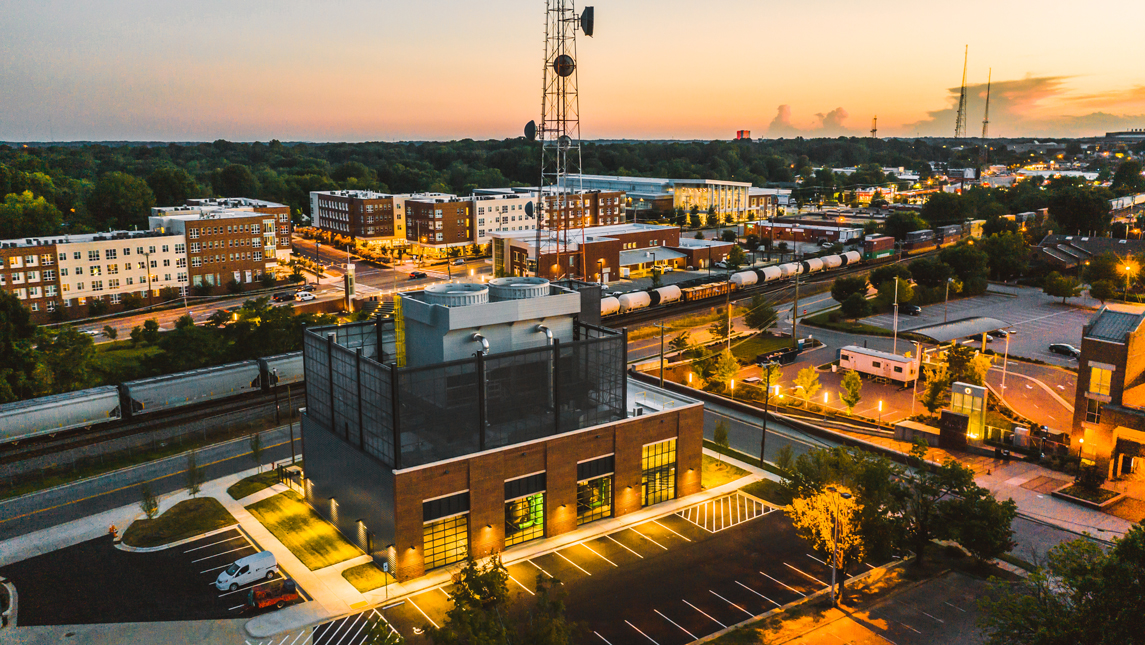
University Communications recently spoke with Associate Vice Chancellor for Facilities Sameer Kapileshwari and Historically Underutilized Businesses Coordinator Nereida Sutton about the University’s success in supporting diversity and inclusion through its relationship with local contractors and businesses, as well as achieving high marks when it comes to campus sustainability and energy use through its design and operations.
UC: Can you tell us about UNCG Facilities’ recent achievements regarding diversity and inclusion?
SK: We in Facilities/Finance and Administration are really proud of the diversity and inclusion we have within our team. However, we do not just stop there. Our team maintains a commitment to utilizing Historically Underutilized Businesses (HUB) and minority businesses as much as possible for campus projects.
In the last fiscal year 2019-20, 35.5% of our construction dollars went toward HUBs. In addition to the construction percentage, Facilities had 25.7% designer HUB participation for the Annual Service Agreements.
Our HUB coordinator, Ms. Nereida Sutton, has done a wonderful job for us with the HUB program.
UC: How has UNCG made significant contributions to supporting HUBs?
NS: UNCG continues to enforce the the State of North Carolina Good Faith Efforts, which ensures that contractors are doing their due diligence when bidding on a project to ensure inclusion. We continue to support HUB firms by continually keeping them in the forefront of contractors’ minds when bidding a project. The most significant contribution thus far for FY2021 is an impressive award amount to HUB contractors and subcontractors totaling over $600,000.
UC: How does Facilities’ support of HUBs help UNCG’s goals with elevating diversity and inclusion?
NS: As stated in UNCG’s HUB mission statement, our goal is to provide businesses owned by minority person(s) or socially and economically disadvantaged person(s) equal access and opportunity to participate fully in all aspects of the University’s construction and procurement programs. We strive to exceed the state’s goal of 10% for HUB utilization and a University goal of 15%. We also request HUB firms that are bidding a project to also use HUB businesses as subcontractors.
UC: Can you give specific examples of HUBs that have been involved in campus projects?
NS: Whether it be ASJ Construction, a Black-owned business working on the Spartan Village Monument Retail Sign; Beco, Inc., a women-owned business working on the Campus Wide Electrical Upgrades; or CCRS, a disabled veteran-owned business making improvements to Mossman’s third floor, UNCG strives for inclusion and diversity.
UC: Are these businesses local?
NS: We use local and businesses outside our area. Below are two charts representing a total award amount of $111,720 of open-end agreements for the first two quarters of FY2021. As you can see, 98% of awards have gone to businesses in Greensboro and 86% to HUB firms. With all the uncertainty surrounding the pandemic, we are hopeful that this path continues.
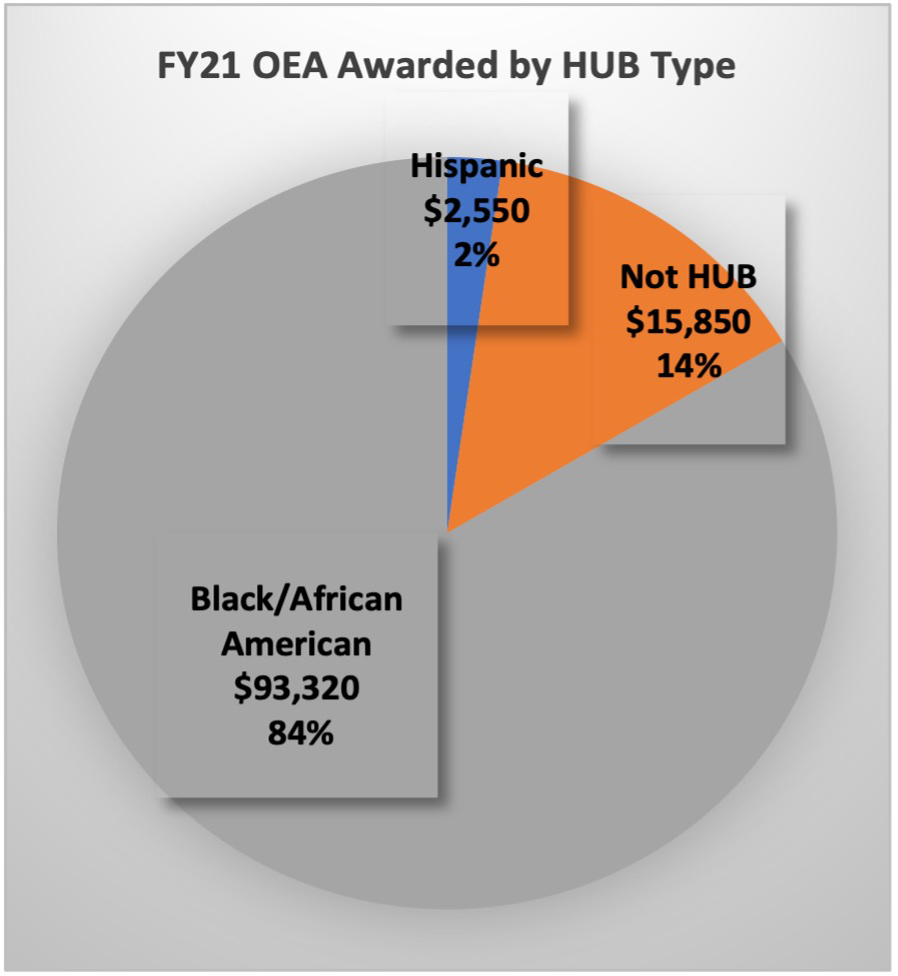
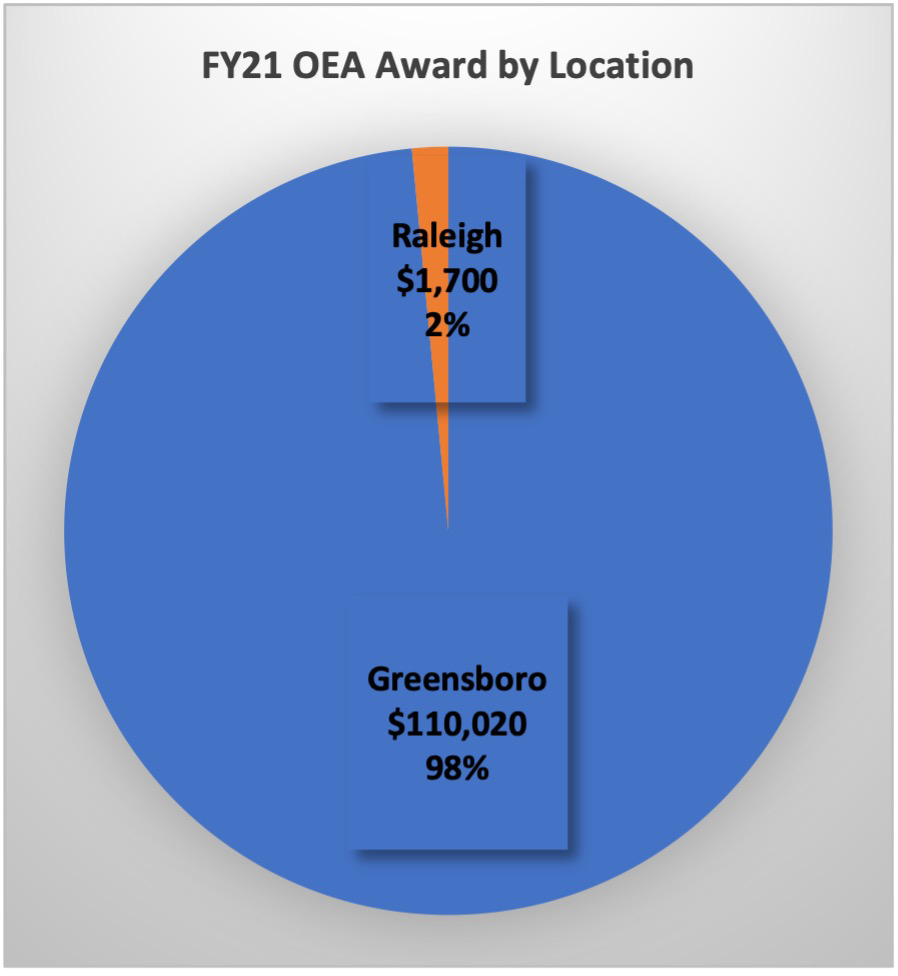
UC: Does UNCG Facilities seek the HUBs or do they find us?
NS: UNCG seeks HUB businesses for design and construction projects through good faith efforts, open-end agreement, and invitation to bid. We also receive calls from HUB firms inquiring on projects that are in the pipeline as well as businesses that are looking to get certified as a HUB vendor.
UC: How about your LEED efforts regarding facilities and construction?
SK: As for LEED (Leadership in Energy and Environmental Design), we continue to design and construct all our new buildings to minimum LEED Silver standards.
UC: Tell us about LEED – what is that, exactly?
SK: LEED means Leadership in Energy and Environmental Design, and is one of the world’s most widely used green building rating systems, created by the U.S. Green Building Council (USGBC). It offers criteria and guidelines to design, construct and operate high-performance buildings.
UC: So how does UNCG incorporate those criteria into its buildings?
SK: We continue to design and construct all our new buildings to minimum LEED Silver standards. This helps us assure that the building is working as designed, assuring optimal indoor environment and comfort. It also reduces the impact of the building has on nature by minimizing our usage of energy, water, and other natural resources, and by minimizing waste created during construction.
Of course there is also a financial benefit with reduced utility expenses. At UNCG, we have been very progressive. Nineteen of our buildings are already LEED-certified (10 LEED Gold, 8 LEED Silver, and 1 LEED-certified). We are very excited to get our 20th building – the new Nursing and Instructional Building (NIB) – certified next. This building has incorporated high-energy efficiency standards with the use of LED lighting, heat recovery systems, electric vehicle charging stations, and 30 kilowatt photovoltaic systems on the roof.
The NIB building also incorporates biophilic design, which is a concept used within the building industry to increase occupant connectivity to the natural environment. Examples include the incorporation of a lot of natural light, roofing pavers with recycled materials, bioretention systems that remove contaminants and sediments from stormwater runoffs, and native plants. We are currently tracking LEED Silver compliance with a slight possibility of even getting LEED Gold.
Interview by Matthew Bryant, University Communications
Photography by Grant Gillard, University Communications
